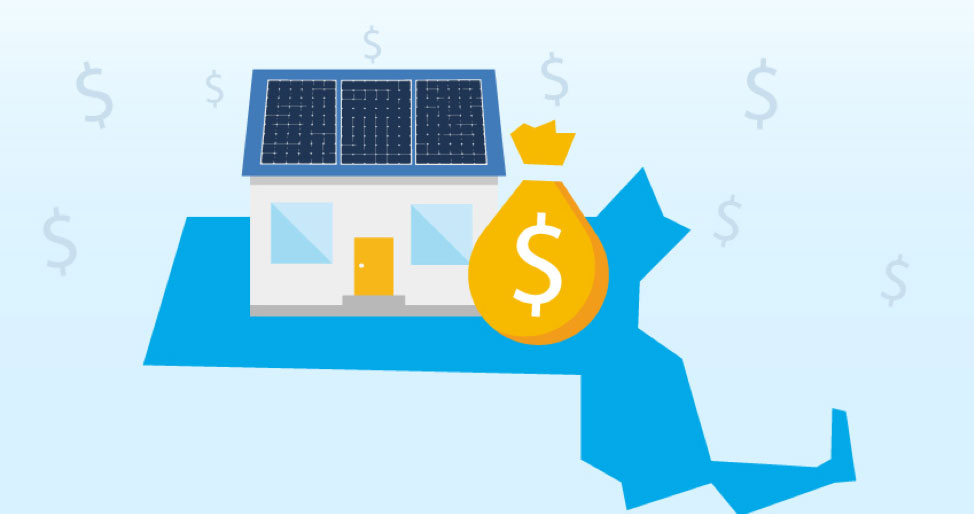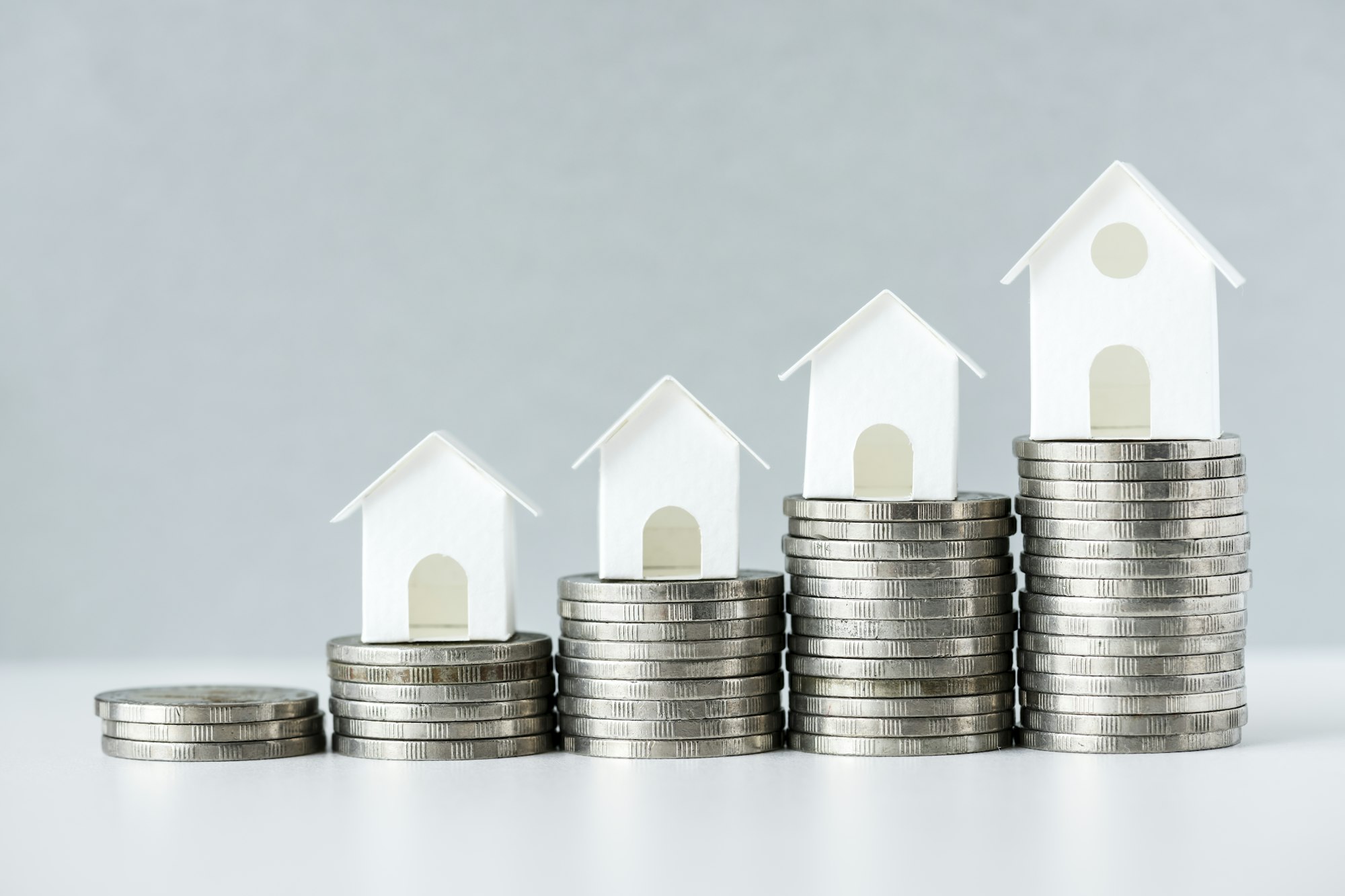Before we get started on discussing the Solar Massachusetts Renewable Target (SMART) Program, we should take a look at how the solar initiative in Massachusetts began.
In January 2010, the Massachusetts Department of Energy Resources (DOER) launched its first solar initiative program, then known as SREC (Solar Renewable Energy Certificates). The program had set a capacity limit of 400 MW, but solar gained popularity quickly and the program met its goal within three years. The DOER continued to qualify projects through the first half of 2014 under Emergency Regulations and revisions to the RPS Class I Regulation. In the middle of April of 2014, the DOER launched SREC-II which increased the solar capacity to 1,600 MW through 2020.
In November of 2018, the Solar Massachusetts Renewable Target (SMART) Program started accepting applications. Under this program, the state’s three power utilities, which are each investor owned, directly compensate solar system owners for the solar energy they generate. Each of the participating utilities is responsible for a percentage of the program based on the proportionate amount of energy they distribute in the state. The program is capped at 1,600 MW and features a declining block structure where the per-unit price of energy decreases as energy consumption increases.
Okay, so we just got through all the “technical” talk about what the program is, but what does it really mean?! The SMART program sets the price that participating homeowners will get paid for excess energy that they push back to the grid.
What’s the difference between the SREC incentive program and SMART?
The main difference is that SREC issues certificates to homeowners based on the energy their solar system produced. These certificates are traded on the market, so the value of the certificate fluctuates based on demand. The SMART program provides a fixed amount where homeowners are protected from the fluctuating energy market and lock in a rate to sell back the energy they generate.
How much can a homeowner expect to save?
For the purpose of this calculation, let’s use $0.28/kWh as the pay-back rate. And, for the amount of energy produced, let’s use 10 MW over the year. This would amount to $2,800 per year in savings for the homeowner, or $28,000 over ten years.
If you still have questions about SMART or solar, in general, please feel free to give us a call. We can help guide you through the entire process and show you the energy cost savings for your specific situation.
Are you ready? To find out how you can go solar and become less energy dependent, request a free quote from us at SAVKAT Solar.




